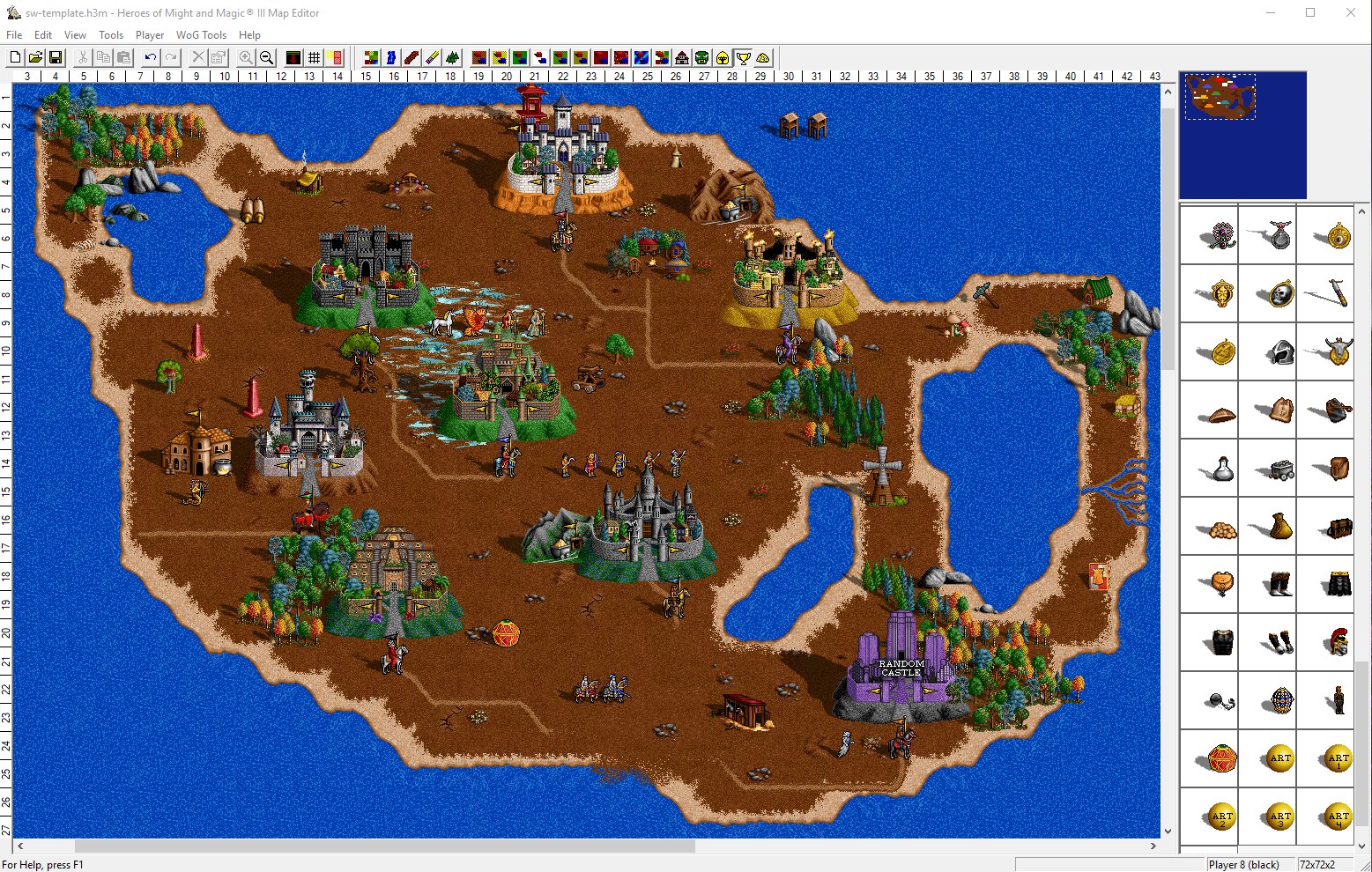
At Cannes a few months later, it snagged the prestigious Caméra d’Or, which recognizes the finest feature by a rookie director. “Hauntingly beautiful both visually and in the tenderness it shows toward the characters,” wrote Manohla Dargis of the New York Times in January after a screening at Sundance, where Beasts won the Grand Jury Prize as well as the cinematography award. The film has earned the adoration of critics, who tend to sprinkle on superlatives like an Italian waiter working a pepper mill. In their struggle against modernity, these proud fringe-dwellers are, to quote a rave review in the New Orleans Times-Picayune, “willing to fight all day for their right to eat and drink, sing and stumble all night.” The locals are under siege from a hurricane and a government determined to pry them from their homesteads and relocate them to an emergency shelter. “The residents give up the comforts of modern civilization, and what they gain is a freedom and unity that would be impossible on the other side of the wall.” “The Bathtub is a harsh place to live,” Zeitlin says. It’s a mixed-race utopia uncorrupted by politics, religion or consumerism. Pitched between realism and folktale, the plot of Beasts involves the inhabitants of a damp, squalid bayou enclave-the Bathtub-beyond the levees that keep the delta dry. By ignoring received wisdom and gambling on his own powers of invention, he offered further proof that innovation is about breaking rules.
#Heroes of might and magic v the refugees bug movie#
Zeitlin made the movie on a $1.8 million shoestring in southern Louisiana with hand-held 16-millimeter cameras, jury-rigged sets, untrained actors and a grass-roots collective of artists from around the country.

Unruly, unbound by studios or the usual Hollywood conventions, this paean to childhood perception and human resilience exists in its own hermetically sealed world, physically and metaphorically. Essentially, an extreme example of what happens at the evacuation center in Beasts of the Southern Wild.”īeasts is Zeitlin’s feature film debut, a small miracle of deliberate outsider art that entranced and exhilarated audiences during its limited theatrical run this past summer. “Outcasts were kept penned from the rest of society by well-intentioned people with a mandate to be humane. He’s nicely tousled, with a smooth, unlined face and clear eyes. “That place sounded like a hellish version of a refugee camp,” Zeitlin later says. The eldest child of folklorists who once worked for the Smithsonian Institution, he’s open, reflective and more than occasionally ironic.

Zeitlin listens to him with compassion and sympathy.

“Get captured and you were locked up in a cell at the hospital jail for 30 days.” “If you ran away, you had to stay away,” says Mr. Snatched from their homes, some sufferers arrived in hearses others, sealed boxcars. “Lots of the afflicted were brought here against their will,” he says of the leprosarium, which for its first six decades was as much penal colony as sanctuary.

Pete describes the stigma of the disease-his own hands are clawed-and the bitter pain of ostracism and isolation. Pete, a leprosy survivor who’s lived on the grounds since 1951. It’s late summer and, at my suggestion, Benh Zeitlin is exploring the facility that once housed hundreds of patients, many of whom were disfigured, feared and shunned.Ĭlouds mass in the Louisiana sky as the 30-year-old filmmaker roams the long masonry arcades with Mr. Sprawling on the edge of a levee along a deadened twist of the Lower Mississippi is a compound that, from 1894 to 1999, was the only leprosy hospital on the U.S. Note (January 10, 2013): Congratulations to Benh Zeitlin and the cast and crew of Beasts of the Southern Wild for their four Oscar nominations, including Best Picture and Best Director for Zeitlin.


 0 kommentar(er)
0 kommentar(er)
